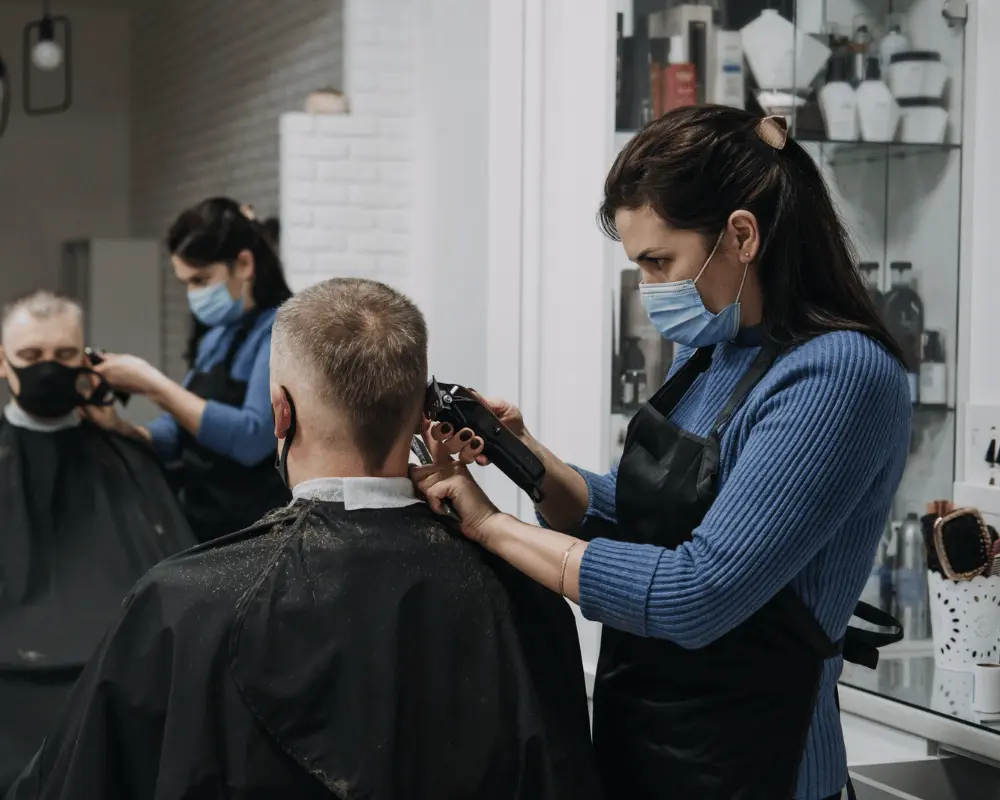In today’s bustling world, the role of doctors and nurses in maintaining our health cannot be overstated. These dedicated healthcare professionals work tirelessly to care for us when we’re unwell, and their attire plays an essential role in the healthcare setting. This article explores why doctors and nurses should wear uniforms, highlighting the benefits it brings to both healthcare providers and patients alike.
The Importance of Uniforms in Healthcare
Identification and Professionalism
Uniforms are more than just clothing; they are symbols of trust, expertise, and professionalism in the medical field. When patients see doctors and nurses in their distinct uniforms, it provides a sense of reassurance and trust. It allows patients to easily identify healthcare personnel and fosters a professional atmosphere within the healthcare facility.

Infection Control
In healthcare, preventing the spread of infections is paramount. Uniforms are designed with this in mind, made from materials that are easy to clean and maintain. Properly maintained uniforms reduce the risk of transmitting harmful pathogens between patients and healthcare providers, safeguarding the health of all involved.
Equality and Non-Discrimination
Uniforms promote equality among healthcare professionals. Regardless of their background or personal preferences, all doctors and nurses are dressed uniformly. This practice ensures that everyone is treated equally and reduces the potential for discrimination based on clothing choices.
Efficiency and Convenience
Wearing a uniform streamlines the daily routine of doctors and nurses. They don’t need to spend time deciding what to wear each day, allowing them to focus more on patient care. This efficiency ultimately benefits patients as it ensures healthcare providers are readily available to attend to their needs.
Psychological Impact
Uniforms can have a positive psychological impact on both healthcare providers and patients. For doctors and nurses, wearing a uniform can boost their confidence and create a sense of belonging to a respected profession. On the other hand, patients may feel more secure and comfortable when interacting with uniformed medical personnel.
The Components of a Healthcare Uniform
Scrubs
Scrubs are the most common type of uniform worn by doctors and nurses. These loose-fitting, comfortable garments are designed to be easily cleaned and are available in a variety of colors and styles. The choice of color can reflect the specific role or department of the healthcare provider.
Lab Coats
Lab coats are typically worn over scrubs or other clothing. They serve not only as protective garments but also as symbols of authority and expertise. Lab coats are especially common among doctors and researchers, reinforcing their professional image.
Footwear
Healthcare professionals often wear specific, comfortable shoes designed to provide support during long shifts. These shoes are chosen for their durability and ease of cleaning, further contributing to the overall uniformity.
Name Badges
In addition to uniforms, healthcare providers often wear name badges. These badges display the individual’s name and position, making it easier for patients to address them by name and know who is caring for them.

Conclusion
In conclusion, the practice of doctors and nurses wearing uniforms is not just a matter of tradition; it serves a crucial purpose in the healthcare field. Uniforms promote trust, professionalism, and equality, and they contribute to infection control and overall efficiency in healthcare settings. The psychological impact of uniforms should not be underestimated, as they boost the confidence of healthcare providers and comfort patients. In essence, uniforms play an integral role in ensuring the well-being of both healthcare providers and patients, making them an essential part of the healthcare experience.
For more information Click here……





